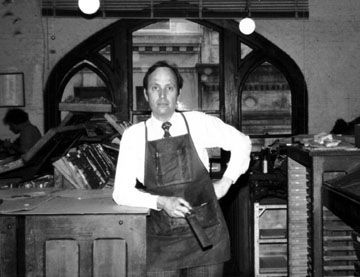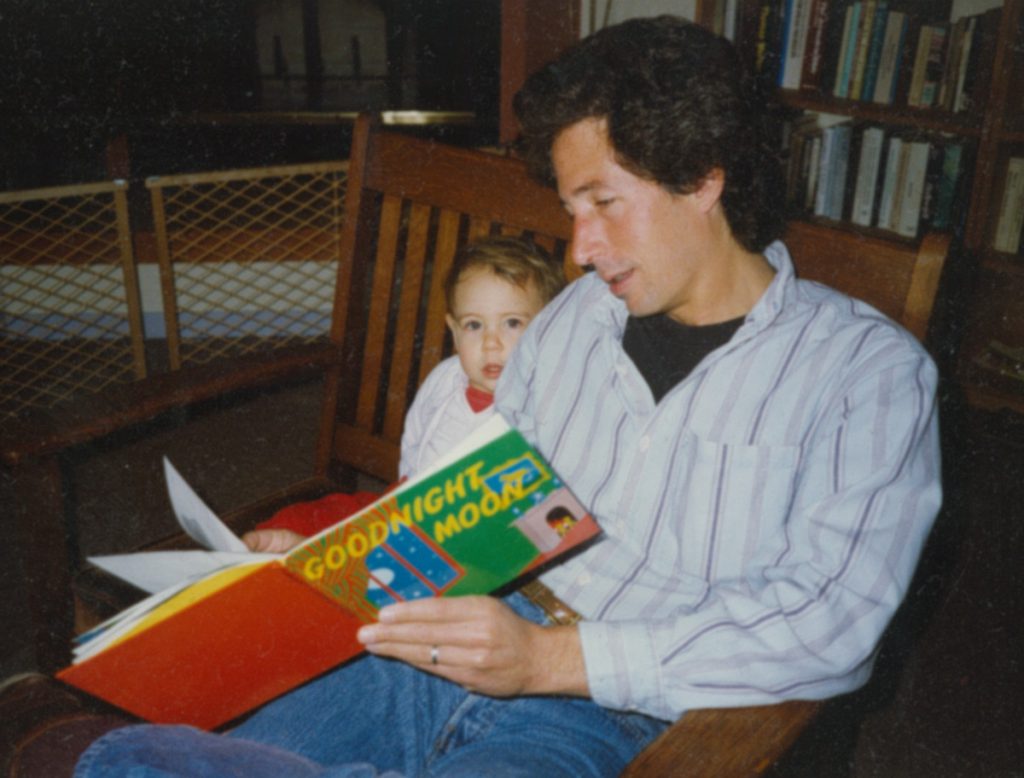
The Little Free Library (and doghouse) at 2418 Pine Street.
To Our Dear Little Neighborhood:
When a disturbing event occurs, it’s the ordinary, everyday heroes who step up to save the day.
Our neighborhood’s Little Free Library was violently attacked and toppled on May 29. It stood in front of our home at 2418 Pine Street, on one of the city’s bustling public sidewalks. While the destruction may not qualify as a true tragedy, the Little Free Library served an entire neighborhood — and beyond — in our big little town of San Francisco, and was a true loss.
The library’s grand opening took place last fall, accompanied by a ceremonial ribbon-cutting and all-around good cheer among our neighbors and friends. For months, the library worked its magic on children and adults who wanted to share what they had read and borrow what others submitted: mysteries, spy novels, romances, the adventures of Harry Potter, science, psychology — you name it. It became a meeting place for exchanging ideas as well as books. Kids and parents stopped by daily to peruse the latest titles, and dog walkers paused to grab a biscuit from the library’s little doghouse.
The Little Free Library on Pine Street had become part of the connective tissue helping to bind our neighborhood together, and its absence was felt immediately. Neighbors began commiserating with us and with each other. Our front door bell rang steadily, with people offering encouraging words of support and expressing their sympathy for the loss of the beloved lending library. Neighbors and anonymous well-wishers left notes and sent emails explaining their personal feelings of loss — and volunteered their time, help and funds to once again raise our book house. Some passersby actually broke into tears as they viewed the fallen library and tried to make sense out of the senseless.
“I was so saddened to see your library broken on the ground this morning,” a neighbor wrote. “The little library added beauty to our neighborhood and it is shameful that people are not respectful.” Another said: “Hi, neighbor. I saw what happened when I walked by and was tearful. I am so sorry this happened.”
The outpouring of concern, caring and love was inspiring, unexpected in its volume, and so heartwarming.
A crisis, even a relatively small one such as this, has a way of giving a clean window through which to view the world — a kind of reset button in a cosmic sense. The cement pedestal that secured the Little Free Library appeared strong, but it turned out to be vulnerable and capable of being destroyed. In contrast, our neighbors — even from beyond our familiar few blocks — turned out to be the real pillars of strength, resilience and fortitude. The human spirit rose above the tragedy and wound up strengthening our bonds and furthering a sense of community.
Heartfelt thanks to everyone who expressed their love and support. It is the people who make this world go around. Evil recedes and love wins.
THE MEYERS FAMILY
P.S. The Little Free Library is back up and ready for book and conversation sharing once again.
P.P.S. Library hours are: “Always open.”
Filed under: Body & Soul, Books | Leave a Comment »











